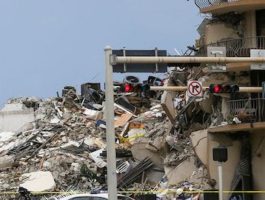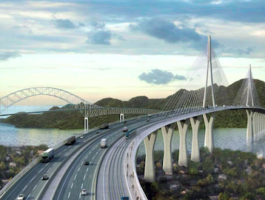
Subway-induced Vibrations
Anyone who’s ever been to NYC would have, at some point, noticed the familiar sight of smoke billowing out from the manholes in the street. The NYC subway, a collection of 22 interconnected routes which serve the five main boroughs that make up New York City, would be the cause. Made up of 665 miles, or 1070 km of track lines, the NYC subway system serves an average of over 1.7 billion people per year. Have you ever wondered, though, if the daily busy-ness of subway life, affects those that live and work above ground?
The urbanization and steadied growth of the world’s biggest metropolis capitals have no doubt had an effect on the environment as well as on the quality of life of the people living in these cities. In world capitals such as Tokyo, Shanghai and New York City, the rumble and vibrations of the ever-present subway below ground is both a welcome solution to alleviate the above-ground traffic, but serves as an unavoidable consequence as well.
How are they caused?
Subway-induced vibrations are mainly caused by the friction and pressure caused by the moving trains along the rails, influenced by the velocity and the weight of the train. The energy diffused by such vibrations will normally be transmitted and propagated through the soil layers, but do these vibrations affect the buildings and structures above-ground, and will they have any long-lasting effects or consequences?
First of all, there’s no doubt that subway-induced vibrations definitely affect the buildings above-ground. What the Dynamis team has discovered over the years of working on projects such as these is that the vertical vibration energy is predominant in subway-induced vibration, since the waves induced by the subway are mostly longitudinal. Therefore, this vertical vibration energy is then ‘transferred’ onto the buildings, causing the buildings to vibrate as well, and this vibration can sometimes exceed the average person’s level of tolerance. In this regard, Dynamis’ role is to carry out measurements and calculations to ensure that subway-induced vibrations from structures below-ground (tunnel, subway tracks, etc) will have minimal effects on the buildings and structures above.
With climate change being a very real problem for everyone across the globe, subways are a vital solution to reducing traffic and therefore pollution and CO2 emissions. At Dynamis, we’re just glad to be able to somehow contribute to helping to make this solution a reality.
For any questions or comments, email us.






